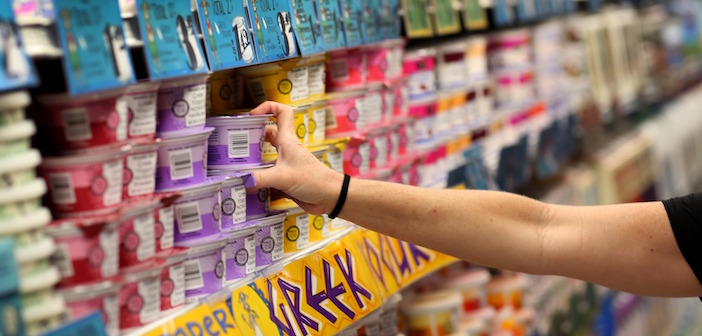Greece’s Ministry of Agriculture has (finally) assembled a group of experts that are planning the application process to register “Greek yogurt” in the European Union Register as a term with a protected geographical indication (PGI) or protected designation of origin (PDO).
In simple terms, if PGI/PDO status is granted, that means that unless yogurt is made in Greece, with Greek milk, produced by Greek cows breathing Greek air and eating Greek feed— then it can’t be called Greek yogurt.
This is only limited to the European Union and won’t affect “imposters” (as many Greeks call them) producing what they call “Greek yogurt” in the United States, including companies like Chobani, Yoplait and dozens of others.
The PGI/PDO rules don’t apply in the United States, which gives American companies the freedom to make Parmesan cheese in Wisconsin, Champagne in California and grow Kalamata olives in California.
The popularity of “Greek yogurt” saw a metric rise in the United States a decade ago when consumers dropped the sugary, runny traditional American-style yogurt, opting instead for the thicker and healthier Greek variation.
Chobani quickly became the biggest player on the market with over $1 billion in sales in its first five years in business. Face, a Greek-based company also entered the market and even imported its product from Greece making it— technically— the only “real” Greek yogurt available to Americans, with the exception of a few small dairies that exported to ethnic grocery shops in Astoria, NY.
But Fage too, succumbed to the cost-effectiveness of opening an upstate New York production facility (not far from Chobani) and now produces its yogurt destined for U.S. markets from good old American cow milk.
The craze prompted other major companies like Yoplait, Kraft, General Mills and other giants to develop their own lines of “Greek yogurt” and also created a micro-economy of small, local producers in dozens of U.S. markets.















